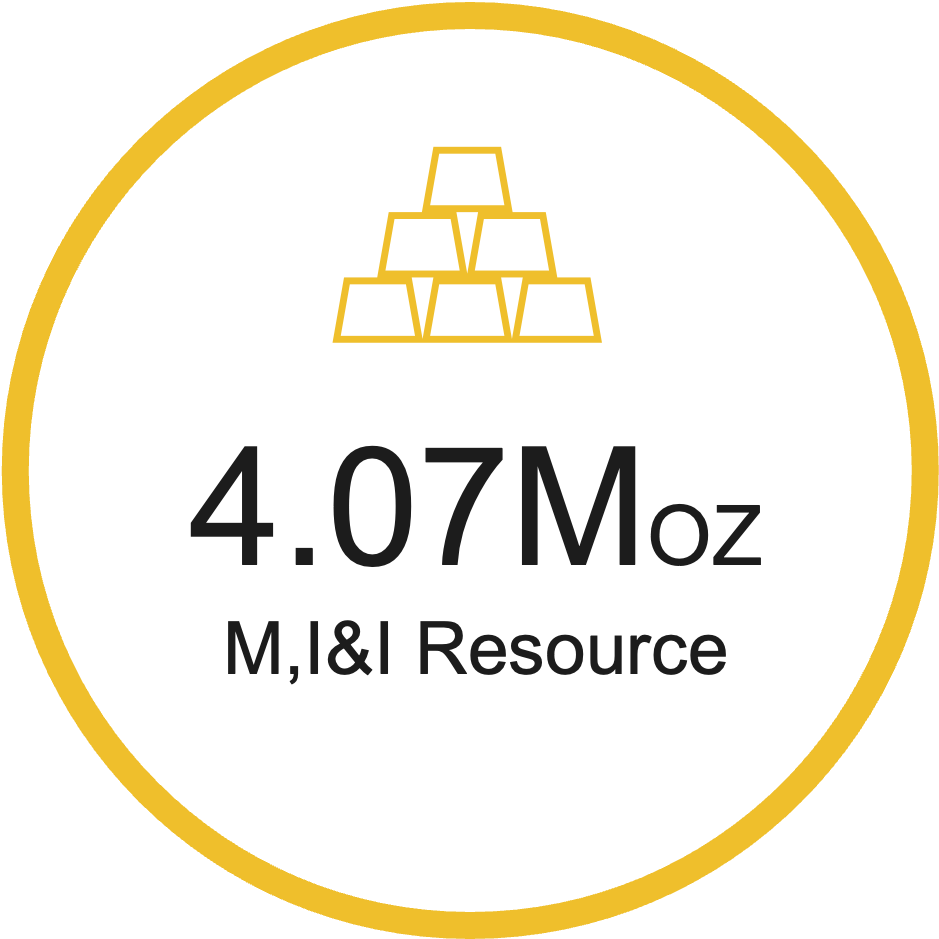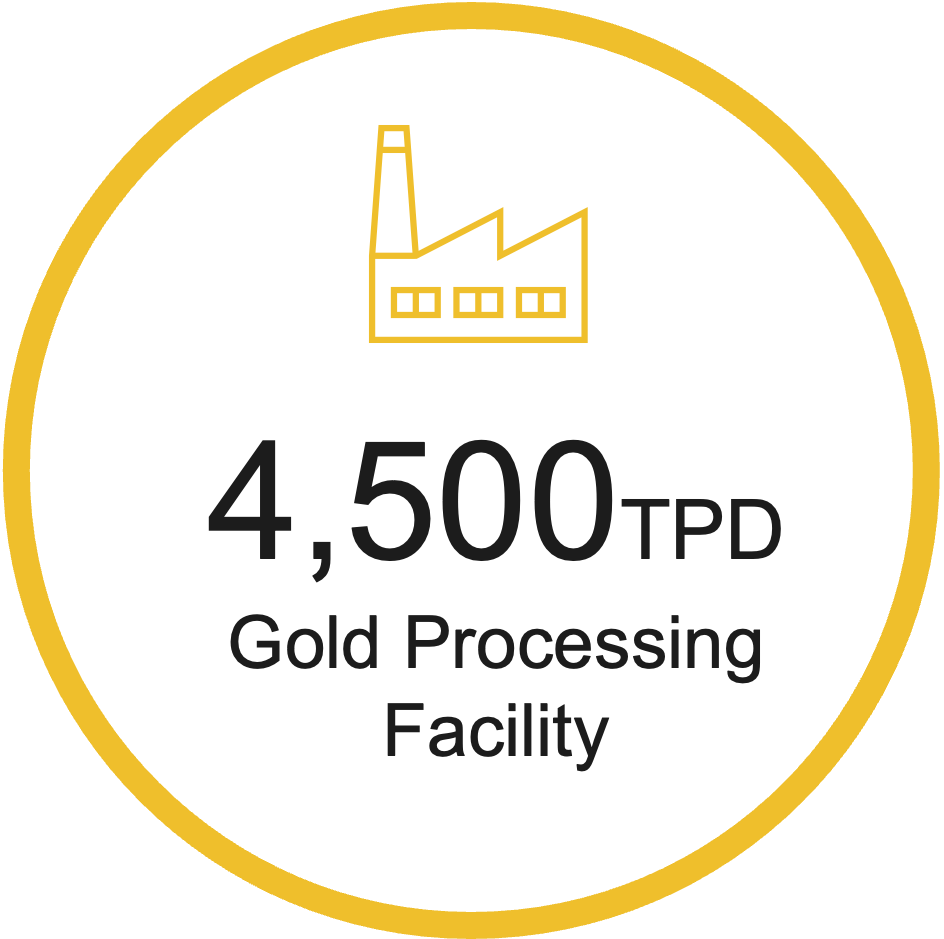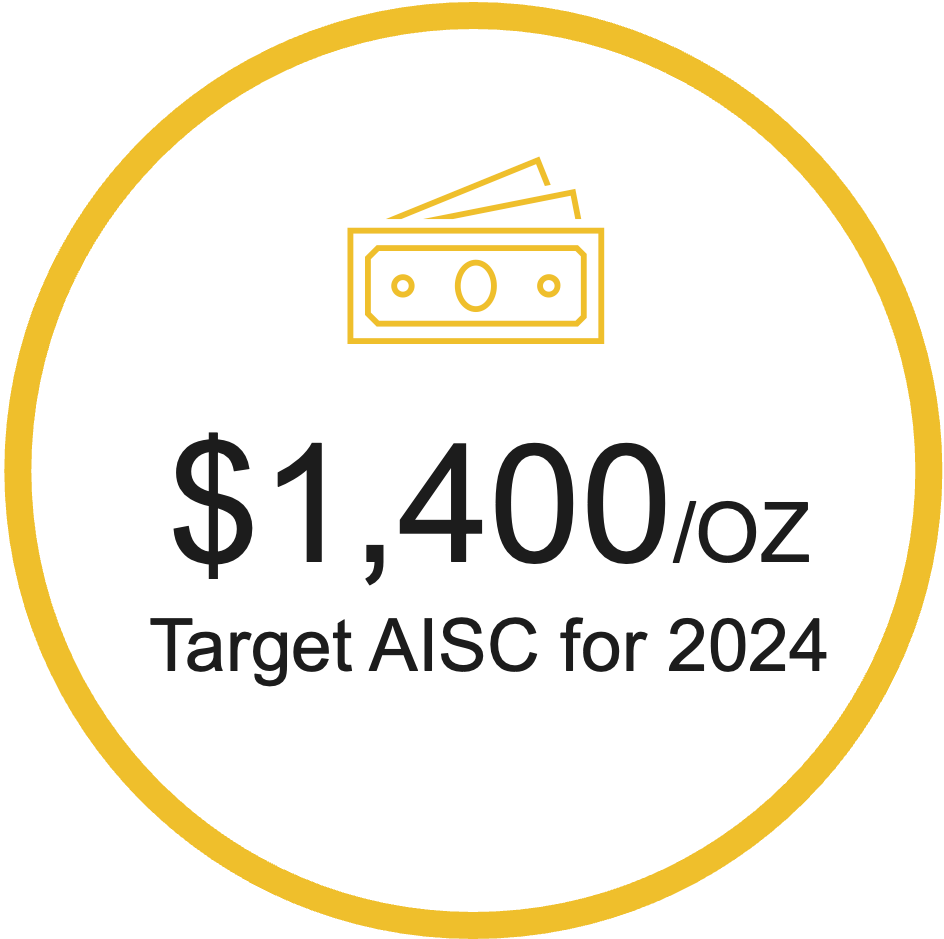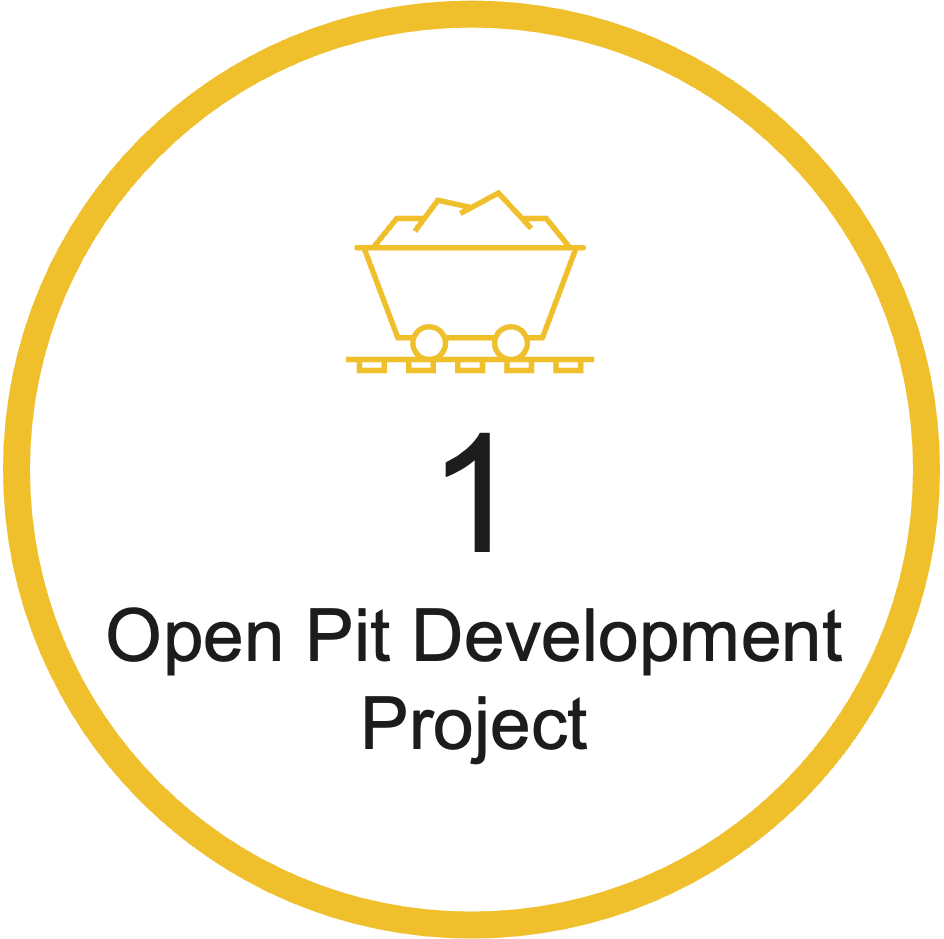
PGDM
World Class Hub & Spoke Gold Mining Operation in Central Brazil







PGDM (Pilar de Goiás Desenvolvimento Mineral), situated in Goiás state of Brazil, is the company’s flagship gold producing business. Acquired from Equinox Gold in April 2021, it consists of four mines both producing and in development stages – three underground and one open pit. The metallurgical plant can process up to 4,500 tonnes per day with a 96% extraction rate. The company is endowed with US$300 million worth of world class infrastructure.
Mine Locations
PGDM is located in Pilar de Goiás, Brazil
3 underground mines: Pilar, Maria Lázara & Caiamar
1 open pit development project: Três Buracos
Located on Goiás greenstone belt
Large exploration potential
Additional satellite deposits in Goiás to form part of Hub & Spoke Strategy
Infrastructure - Summary
4,500 tonnes per day plant
Excellent working condition
High gold recoveries of 92-93%
TSF with spare capacity
Full mechanical infrastructure
Underground - Pilar
Core producing area for Pilar Gold, in operation since 2013A
Pilar mineralization is an orogenic gold system type, in metasedimentary rocks of Pilar Greenstone Belt.
Mining in Pilar is concentrated in two mineralized zones:
HG1: Fault and fill veins with hydrothermal halo in chlorite and graphite schists. Thickness between 0.8m and 1.5m. Mine Method: Room and Pilar and Modified Room and Pilar with Long-hole.
HG2: Hydrothermal altered chlorite schists with quartz veining. Thickness between 0.5m and 30m, average of 10m. Mining Method: Blind sublevel.
HG1 and HG2 mineralisations are set in a very continuous context, covering an area with a strike length of 3.3km, a width of 2.6km. Mineralization system is opened to SE and down-dip.
Underground - Maria Lazara
Core producing area for Pilar Gold, in operation since 2013A
Pilar mineralization is an orogenic gold system type, in metasedimentary rocks of Pilar Greenstone Belt.
Mining in Pilar is concentrated in two mineralized zones:
HG1: Fault and fill veins with hydrothermal halo in chlorite and graphite schists. Thickness between 0.8m and 1.5m. Mine Method: Room and Pilar and Modified Room and Pilar with Long-hole.
HG2: Hydrothermal altered chlorite schists with quartz veining. Thickness between 0.5m and 30m, average of 10m. Mining Method: Blind sublevel.
HG1 and HG2 mineralisations are set in a very continuous context, covering an area with a strike length of 3.3km, a width of 2.6km. Mineralization system is opened to SE and down-dip.
Underground - Caiamar
Gold mineralization at Caiamar occurs in four parallel zones and in a set of small ore shoot-like structures related to a transpressional shear zone.
Diamond drilling has outlined zones of steeply plunging gold mineralization within an area with a strike length of approximately 1.4 km, a vertical extent measuring 600m, and thicknesses ranging from one metre to 20m.
Yamana feasability study from 2013 has identified 230 koz@ 3.3 g/t and reserves of 75 koz@ 3g/t Au
Higher grade, open potential
Caiamar expected to restart in late 2024
Open Pit - Tres Buracos (under development)
Tres Buracos open-pit deposit comprises the Pilar HG2 mine structure outcropping
Conventional low-cost open pit mining method
Gold is mineralized over a strike length of approximately 1.7km, a width of 1.0km, and a thickness of between 25m and 60m
Very similar metallurgical characteristics to: Pilar and Maria Lazara
Resource & Exploration
Total resource estimate 4.07 Moz M,I&I
Multiple targets identified for further exploration
Potential to significantly increase resource with more drilling
Very large system







